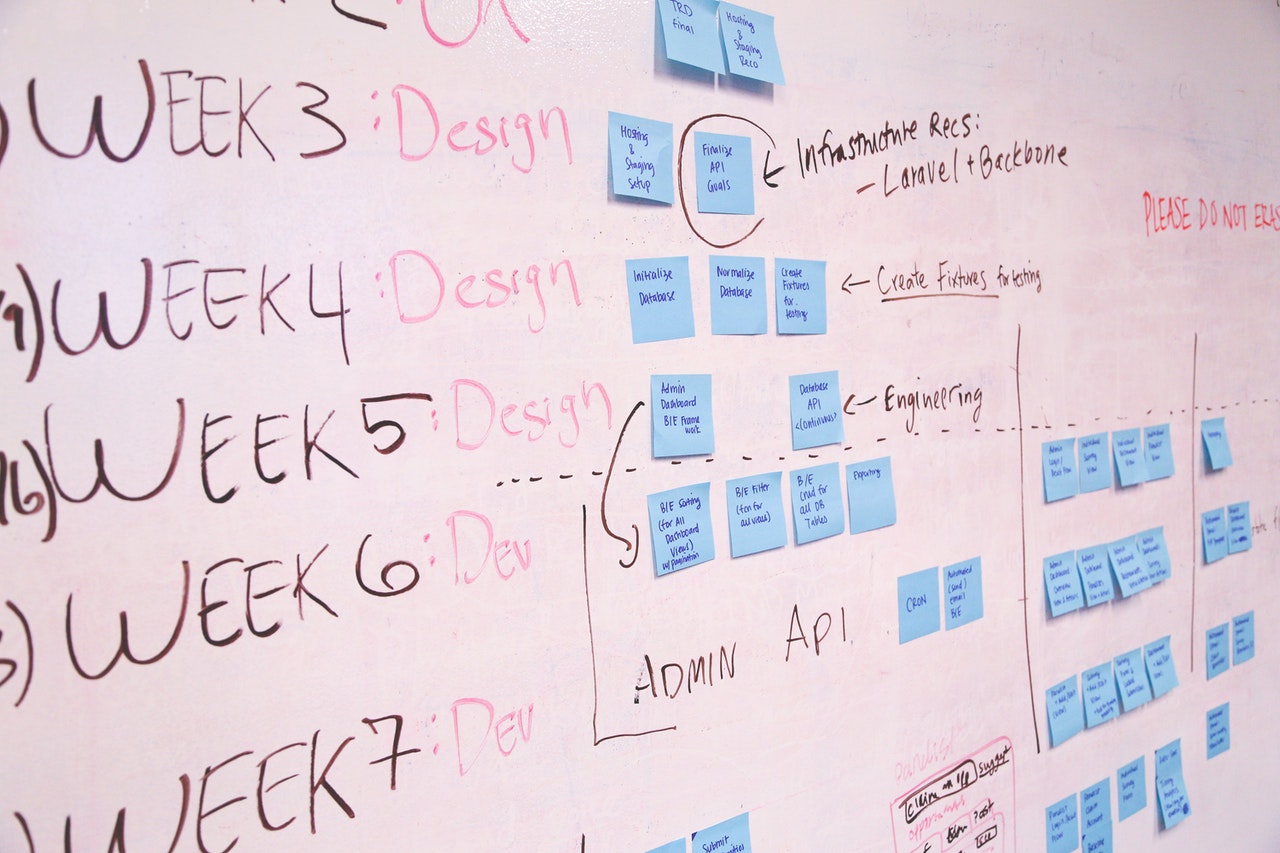
The ability a system has to adapt according to user and market demands is an attribute necessary for long-term success. Although not all digital products are designed to maintain an effective performance over a long period of time, those that do enable the system, and the company, to grow and change. This ability is known as system scalability.
We should note that scalability is not a mandatory software requirement. Depending on the project scope and needs, unscalable software may run perfectly within its limits. However, if a business is based on a growth model, then having a scalable system is the way to go.
But how can you create a scalable system? And what determines it? Most importantly, are there any guidelines that may help teams test for scalability and determine a system’s performance?
An introduction to scalability
An AT&T Labs whitepaper defined scalability as “the ability of a system to accommodate an increasing number of elements or objects, to process growing volumes of work gracefully, and susceptible to enlargement.” In other words, we’re looking for a flexible system capable of adapting over time. If designed properly, any scalable software or app can maintain a good user experience under high traffic and handle resources effectively without compromising performance.
There are a lot of factors that relate to scalability. For software or even a database (as we mentioned in a previous blog post), the development team has to consider the number of users and memory usage or CPU usage. Adapting to changing requirements while optimizing development and operational costs is one of the key objectives of any scalable project.
The main criteria for software scalability
To design a fully scalable system, leaders must aim for a product that’s always available, reliable, and performs well. What does each of these criteria mean? Availability is a measure of the fraction of time a service is usable. The importance of availability lies in the immediate effect uptime percentage has on customer experience.
Performance relates to a system’s ability to handle heavy loads in a relatively short amount of time. Small changes in performance can bring incredible benefits for any project. When Pinterest reduced perceived wait times by 40%, for example, search engine traffic and sign-ups increased 15%.
This leads us to reliability. Users will consider any system as reliable if it works well under stress and it’s easily available. In other words, a reliable project must also comply with the previous criteria.
Why software scalability is beneficial
Scalability is said to provide benefits in both the short and long term. For instance, if a company determines that the implementation of an all-encompassing, massive solution might be too costly, they may begin with a much simpler solution. This helps save resources and prepares the company for future growth.
Starting small, or with just the basic requirements, scalability also requires a financial outlay. As Google’s Cloud Architecture Center guidelines that creating a scalable architecture is “fundamentally about balancing cost against user experience.” By defining what’s the minimum level of performance, you are also defining what the ceiling is and how much will this cost.
Finally, scalability also considers that business objectives may change priorities in the future. It’s not only a matter of meeting evolving marketplace demands, scalability also considers changes within the team itself. When you select a scalable solution, both software and business may grow at the same pace. Implementing new changes becomes considerably less expensive and more manageable, especially for small businesses.
Testing for software scalability
One way of knowing if your system is scalable is through a scalability test. To put it simply, it tests how a system may react to a sudden spike or fall of user requests. A well-executed test helps prove a system’s ability to adapt to changes. Also, if you add several parameters, you may pinpoint the exact reason why this system might be failing.
Any scalability test consists of five steps: estimating the potential system, drafting possible test scenarios, executing the tests, recording and documenting the results, and processing the data. For best test results, developers should have a test script (a document that mimics the users’ actions) and use accurate run-time data.
Testability shouldn’t be a casual phenomenon in your system but rather a key component of your team’s software practices. If developers adopt techniques such as infrastructure-as-code (which is also suggested as good practice by Google’s Cloud Architecture Center), it is easier to create test environments on-demand.
Besides evaluating different attributes and selecting the right testing environment, it is equally important to pick the right testing solution. In that way, teams may monitor and manage all aspects related to the test in a centralized manner. Once an effective testing solution has been created, users may start creating more robust and ambitious projects.
Was this article insightful? Then don’t forget to look at other blog posts and follow us on LinkedIn, Twitter, Facebook, and Instagram.








